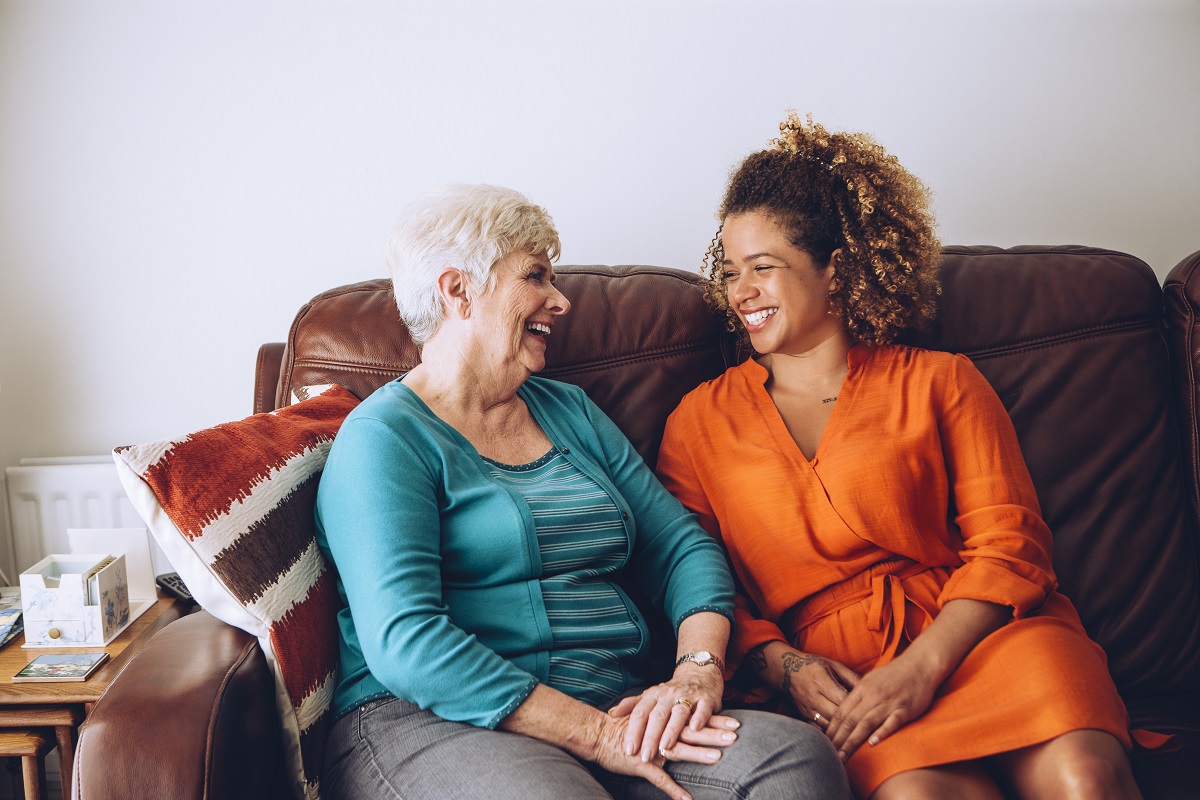A small study has found using light therapy boxes can help improve sleep and reduce agitation in nursing home residents with dementia
Disturbed sleep is a common problem during the mid and later stages of dementia. As the brain declines, it starts to affect the body’s natural circadian rhythm (body clock) and mean someone with dementia may start waking during the night.
However, a pilot study carried out by Ecumen, a senior housing and service provider, recently discovered that 60% of study participants experience fewer episodes of sleep disturbances and 32% had less behavioural episodes when exposed to a light therapy boxes. The use of antipsychotic medication also decreased by 11%.
‘We’re very encouraged by the results,’ says Sonya DeSmith, an Ecumen Quality Improvement Nurse who supervised the study. ‘Our sample size was small, but based on the data and the anecdotal observations by our nurses, we plan to promote the therapy across all our sites. We view this as another tool box of evidence-based, non-drug interventions for residents with dementia.’
Research estimates that Alzheimer’s disease and related dementia (ADRD) patients will spend approximately 40% of their night awake and a large portion of the solar day asleep. Sleep disturbances eventually become too burdensome for family caregivers and are the leading cause of people with ADRD being admitted to care home institutions.
Light therapy boxes emit a bright light (much brighter than ordinary lamps) which helps to improve daytime wakefulness and night time sleep. In this study, participants were exposed to the lights for an average of 30 minutes a day during summer (Daylight Savings Time) and one hour during winter between the months of April and December last year.
This follows on from a study in 2013 and published in the Journal of Alzheimer’s Disease which found light therapy could improve rest and activity rhythms and sleep efficiency in people with ADRD.
Source: www.ltlmagazine.com
SHARE
Explore more




